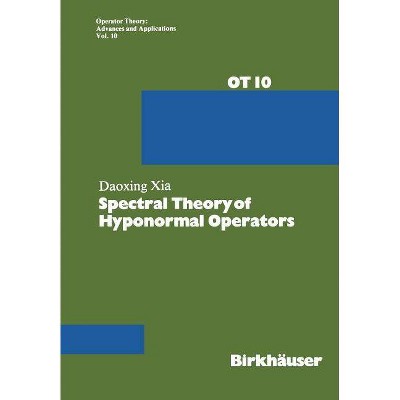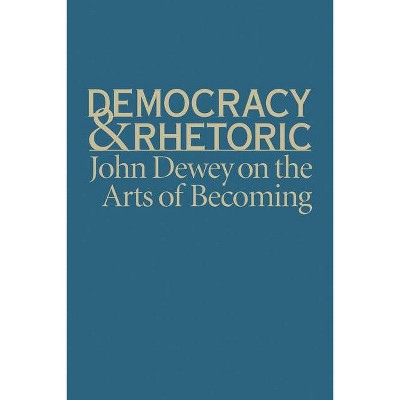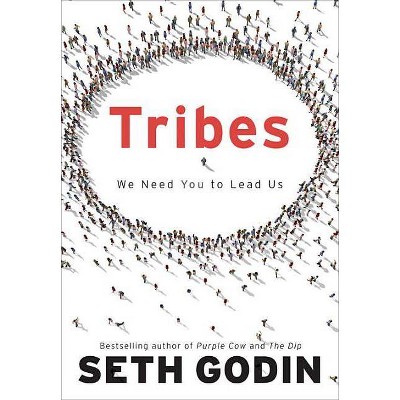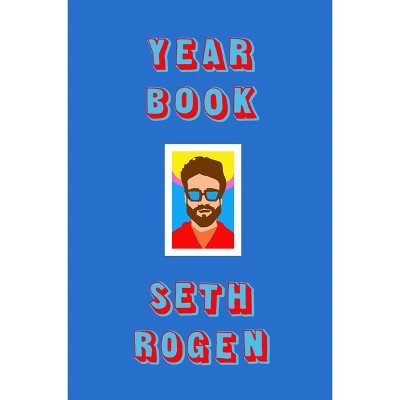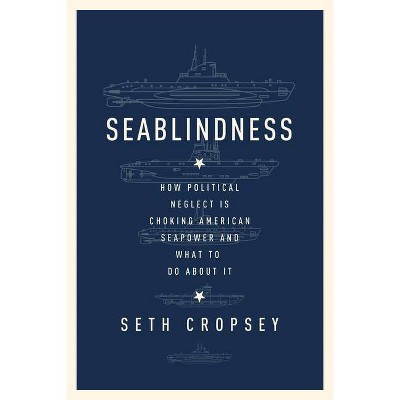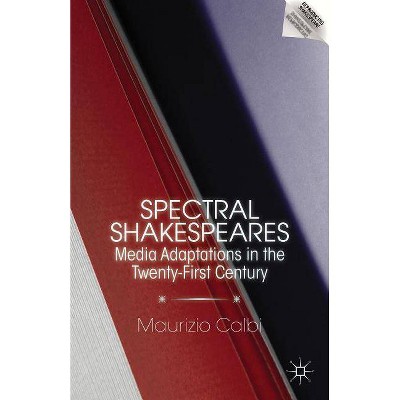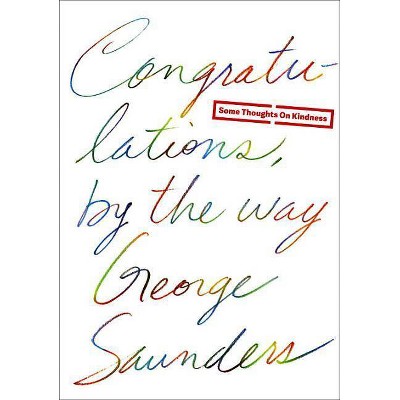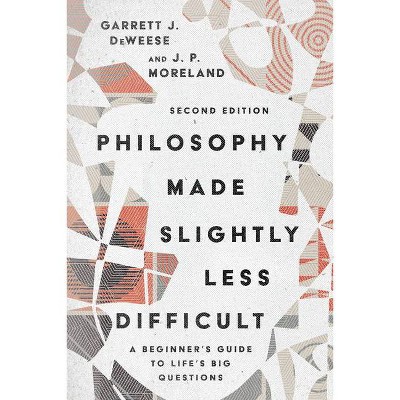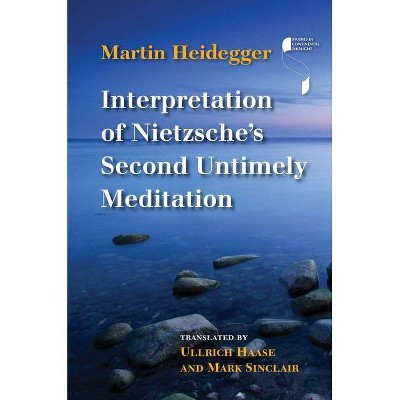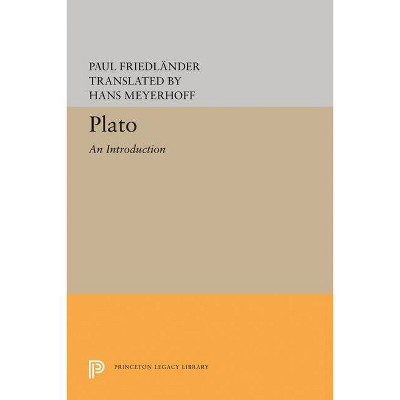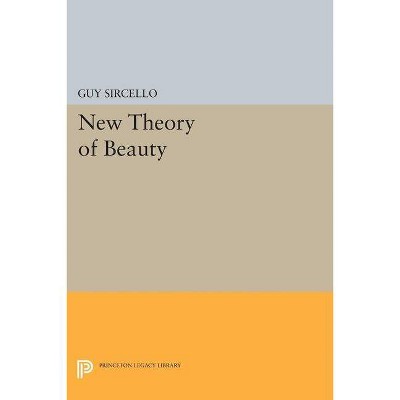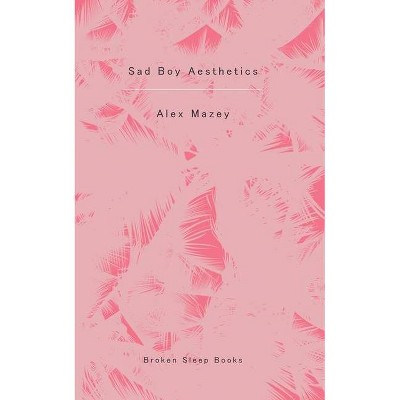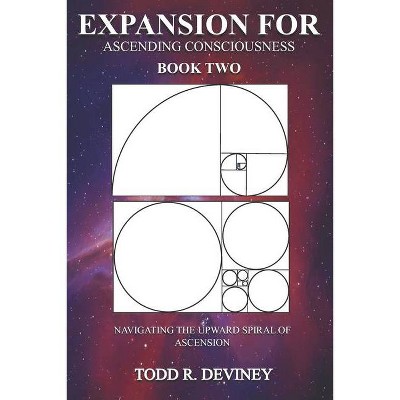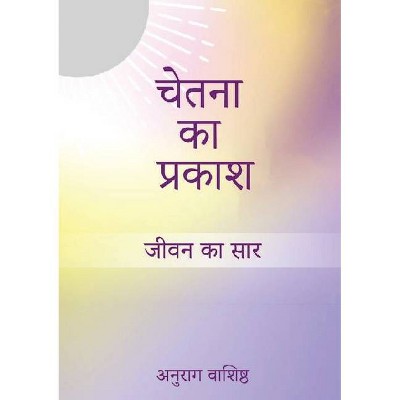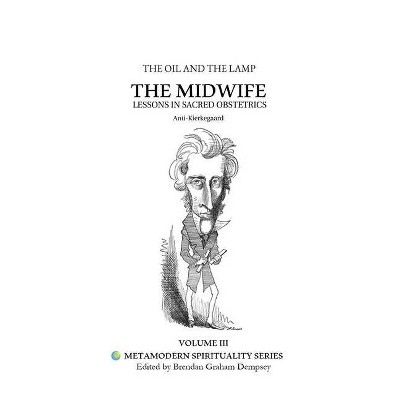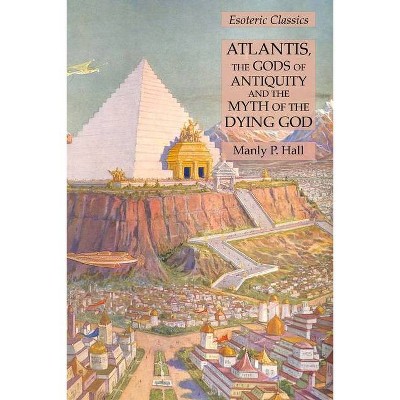A Theory of Spectral Rhetoric - by Seth Pierce (Hardcover)
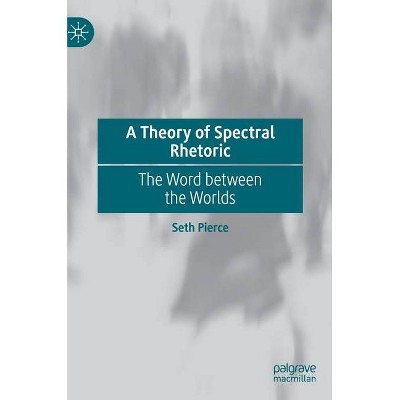
Similar Products
Products of same category from the store
AllProduct info
<p/><br></br><p><b> Book Synopsis </b></p></br></br>This book synthesizes Jacques Derrida's hauntology and spectrality with affect theory, in order to create a rhetorical framework analyzing the felt absences and hauntings of written and oral texts. The book opens with a history of hauntology, spectrality, and affect theory and how each of those ideas have been applied. The book then moves into discussing the unique elements of the rhetorical framework known as the rhetorrectional situation. Three case studies taken from the Christian tradition, serve to demonstrate how spectral rhetoric works. The first is fictional, C.S. Lewis '<i>The Great Divorce</i>. The second is non-fiction, Tim Jennings '<i>The God Shaped Brain</i>. The final one is taken from homiletics, Bishop Michael Curry's royal wedding 2018 sermon. After the case studies conclusion offers the reader a summary and ideas future applications for spectral rhetoric.<p/><br></br><p><b> From the Back Cover </b></p></br></br><p>'This innovative work should be on the shelf of every scholar and practitioner working in the areas of communication, rhetoric, and philosophy/theology. Pierce has crafted a framework of spectral rhetoric that provides a way to analyze oral and written texts for the felt absences that haunt audiences. It also reveals how communicators might create spectral texts.'</p> <p>- Heather Thompson Day, Associate Professor of Communication, Colorado Christian University, USA</p> <p>'Flannery O'Connor once said that "ghosts can be very fierce and instructive." Our current situation is clearly haunted by many such specters. In this book, Seth Pierce teaches us how to engage these spectral voices in a way that challenges current perceptions of reality. Merging hauntology, spectrality, and affect theory, Pierce revises Bitzer's "rhetorical situation" into a "rhetorrectional situation" punctuated by a rich archive of resurrected spectral influences. In doing so, he urges readers to attend carefully to "haunted" forms of embodiment, feeling, and language. This book has major implications for both rhetoric and homiletics.' </p><p>- John S. McClure Charles G. Finney, Professor of Preaching and Worship, Vanderbilt Divinity School, USA</p>This book synthesizes Jacque Derrida's hauntology and spectrality with affect theory in order to create a rhetorical framework analyzing the felt absences and hauntings of written and oral texts. The book opens with a history of hauntology, spectrality, and affect theory and how each of those ideas have been applied. The book then moves into discussing the unique elements of the rhetorical framework known as the rhetorrectional situation. Three case studies taken from the Christian tradition, serve to demonstrate how spectral rhetoric works. The first is fictional, C.S. Lewis' The Great Divorce. The second is non-fiction, Tim Jennings' The God Shaped Brain. The final one is taken from homiletics, Bishop Michael Curry's royal wedding sermon. After the case studies, a conclusion offers the reader a summary and ideas for future applications for spectral rhetoric.<br> <b>Seth J. Pierce</b> is Assistant Professor of Communication and Communication Program Director at Union College, Nebraska, USA.<p></p><br><p/><br></br><p><b> About the Author </b></p></br></br><p>Seth Pierce is Assistant Professor of Communication and Communication Program Director at Union College, Nebraska, USA. Prior to completing his Ph.D. in communication he served as a pastor. He is also the author of <i>Seeking an Understanding: How to Have Difficult Conversations Without Destroying Your Relationships </i>(2020)<i>.</i></p>
Price History
Price Archive shows prices from various stores, lets you see history and find the cheapest. There is no actual sale on the website. For all support, inquiry and suggestion messages communication@pricearchive.us
